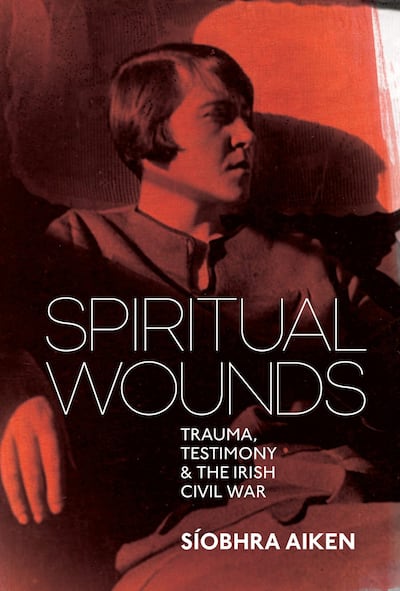
Annie MP Smithson published her twelfth novel, The Marriage of Nurse Harding, in 1935. By this stage Smithson needed no introduction: her swiftly paced and strongly nationalistic romance novels commanded a loyal following of readers across Ireland.
Typical of many of her novels, The Marriage of Nurse Harding addresses the socioeconomic and religious hurdles to romance through its presentation of the fragile courtship between Protestant landowner Victor Hewdon and Catholic nurse Nora Harding.
However, The Marriage of Nurse Harding has a historical and testimonial dimension beyond its formulaic star-crossed lovers plot. Sections of the novel describe Nurse Harding’s role in the Civil War, during which she cares for injured republican soldiers in Doran’s Hotel while it is besieged by Free State soldiers in the Battle for Dublin in June 1922.
After the defeated republicans retreat from the capital, Harding is sent on a cross-country Red Cross expedition for the anti-treaty side. When the travelling party is stopped outside the midlands town of “Margallin”, she finds herself held up at gunpoint by a shaky-handed Free State soldier. Harding is then bundled into a van which is accidentally fired on by a Free State patrol in a case of friendly fire. The Free State sergeant sitting opposite her is shot dead before Nurse Harding’s eyes.
Tablot Press maintained in publicity material that the novel presented “an authentic picture of the tragic events of the Irish Civil War of 1922”. Indeed, these descriptions of civil-war-torn Dublin were no more than very loosely fictionalised testimony of the author’s actual experience. Smithson was born into a middle-class Protestant family in Dublin but converted to Catholicism in her mid-thirties in 1907 and took a strong interest in nationalist politics. By 1916, she resigned from her position as a nurse in Dundrum and relocated to Waterford, where she provided nurse training to the local branch of Cumann na mBan. In early 1922, she was back in Dublin and active in Cumann na mBan Central Branch.
Even if readers were unaware of Smithson’s revolutionary background, they didn’t have to look far to see the historical facts concealed within her romance fiction. Doran’s Hotel was clearly identifiable as Moran’s Hotel, one of the main anti-treaty garrisons during the early days of the Civil War in Dublin, while Margallin is practically an anagram of Mullingar, where Smithson was arrested and briefly interned by pro-treaty troops.
Smithson’s IRA comrades are given equally flimsy disguises: Dr Bobby Givor refers to Captain Bobby Holmes Ievers, then a medical student, while Tom Miley – described “as belonging to one of the most ultra-Unionist families in Dublin” – is the brother of RM Smyllie, later editor of The Irish Times.
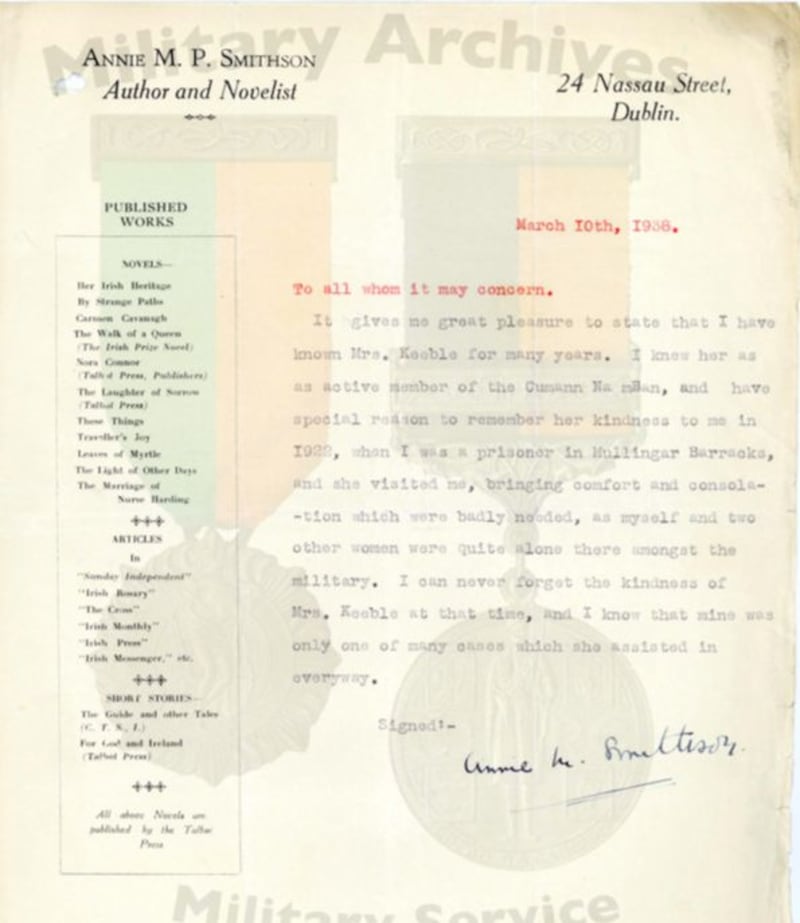
If there was any doubt about the authenticity of the text, Smithson’s later memoir, Myself – and Others (1944), directs readers back to the novel for an account of the Civil War period. Her application for a military service pension, initially rejected in 1942, also corroborates the events described in the novel .
The fact that Smithson employed fiction over autobiography to testify to her experience underscores the taboo surrounding the events of the Civil War and the sense of protection offered by even this light veil of fiction.
Through her fiction Smithson was not only able to document her experience but also to criticise the fact that the republican women were forced by their male comrades to evacuate their positions as the Battle for Dublin drew to a close. This critique is less explicit in her later autobiography, in comparison to the fictional Nurse Harding’s outrage that they “should be ordered to leave it – to go away just because they were women”.
Smithson’s retreat to fiction to address the Civil War was far from an isolated case. Despite the persistent belief that the events of the Irish Civil War were shrouded in silence, revolutionary veterans found numerous ways in which to document, and perhaps exorcise, their experiences from the turbulent period of 1922-23.
Autobiographical novels proved particularly popular for revolutionary veterans in the 1920s and 1930s. This reflects both the popularity of various forms of fictionalised autobiography at the time and also the narrative freedom offered by fiction in a climate of libel and censorship. There are many remarkable examples: Francis Carty chose to tease out his experience as an anti-treatyite in Wexford in the novel Legion of the Rearguard (1934), while Patrick Mulloy, a Free State soldier, warned future generations about the “sadism” of civil war in his banned novel Jackets Green (1936). The form of the novel was also helpful for addressing both perspectives on the Civil War split: IRA volunteer Martin T Henry published a romance novel in 1929, Ambushed Lovers, that concludes with the reconciliation of pro-and anti-treaty sides in a double wedding.
Yet these illuminating writings, including Smithson’s novel, have been overlooked in historical studies to date.
The camouflage of fiction was particularly attractive for women revolutionaries. While men documented their revolutionary experience in widely-read autobiographies, women activists often struggled to find publishers. Some of the most significant women’s memoirs of the period were only published posthumously, such as the prison letters of Countess Markievicz (1932), the autobiography of Kathleen Clarke (1991, edited by Helen Litton), and the memoirs of Máire Comerford (serialised in Irish in the 1980s but only made available in the original English in 2021 thanks to the editorial work of Hilary Dully).
Given the many challenges facing women revolutionaries in a commemorative culture that privileged men’s stories, it is perhaps not surprising that by the end of the 1930s, women’s fictionalised accounts of the Civil War outweighed the number of standard autobiographies.
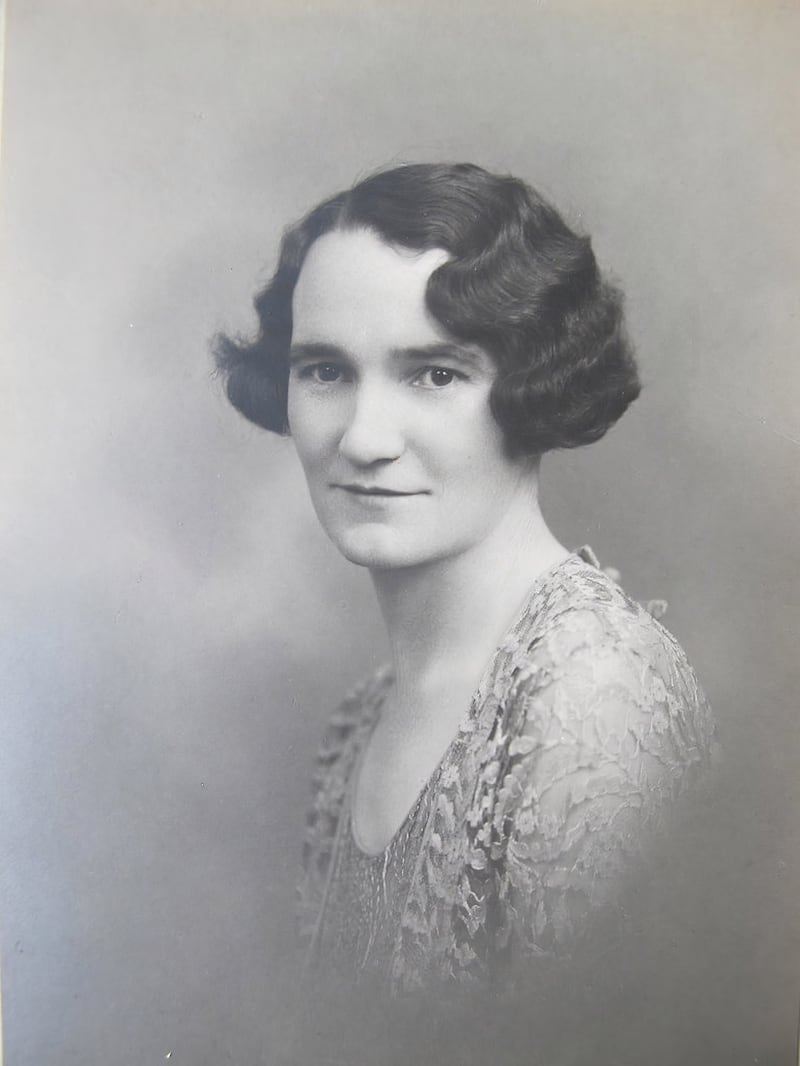
In some cases, the personal testimony buried in fiction can be hard to decipher. For example, Máiréad Ní Ghráda’s 1939 gothic short-story collection An Bheirt Dearbhráthar agus Scéalta Eile [The Two Brothers and Other Stories] includes a female character from Co Clare who is an active Gaelic Leaguer and university student in Dublin. This reflects the author’s own background. Ní Ghráda was briefly imprisoned in Mountjoy in November 1919 for selling Gaelic League flags on Grafton Street and for refusing to speak English on her arrest. She went on to serve as pro-treaty government minister Ernest Blythe’s personal secretary throughout the civil war.
Ní Ghráda is most known for her play An Triail [The Trial] (1964) which boldly confronts the silence surrounding the institutionalisation of unmarried mothers. However, her earlier short stories equally challenged officially sanctioned silence by confronting the lingering legacies of the Irish Civil War (evident in the evocation of the brother-against-brother motif in the collection’s title).
The story An tOifigeach (The Officer) relates to a rural mother who diligently harbours volunteers on the run throughout the struggle for independence. However, when she travels to Dublin to visit her son who is now an officer in the Free State Army, he is so ashamed of his mother’s impoverished appearance that he pretends not to recognise her. There is little ambiguity here: the institutions of the new state are a hostile place for those women who sacrificed so much for “the cause”.
This criticism is all the more ironic given that An Bheirt Dearbhráthar agus Scéalta Eile was published by the government publication office, Oifig an tSoláthair. Like Máire Mhac an tSaoi’s poetry which would certainly have been banned had it been published in English in the 1950s, Ní Ghráda’s collection arguably benefited from the protection afforded by the Irish language.
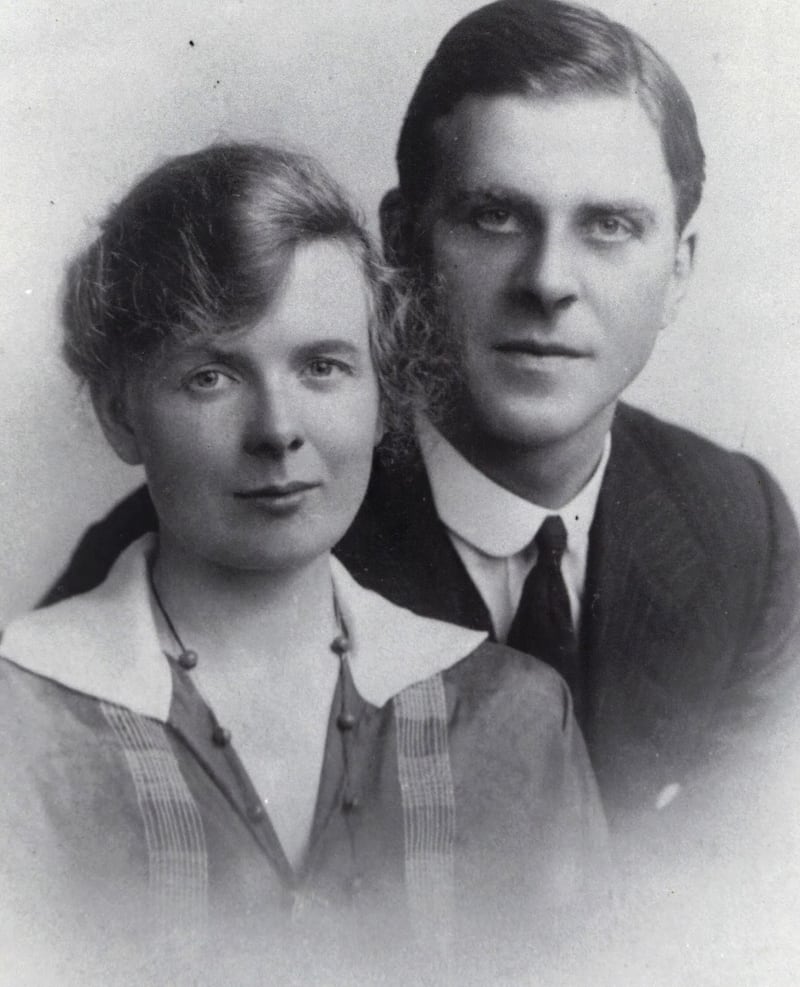
Máirín Cregan’s play Hunger-strike (1932) offers one of the most striking examples of civil war testimony cloaked in a layer of fiction. The play documents the emotional turmoil of a young woman who feels compelled to support her husband during the mass hunger strike of republican internees in the autumn of 1923. The dedication of the play “To Jim, With my Love” left little doubt about its autobiographical nature, given that Cregan’s husband, later Fianna Fáil TD Jim Ryan, participated in the hunger strike and was believed on his 30th day to be “in a precarious condition”.
Cregan published her play at her own expense for £26.5.0 with Dublin publishers MH Gill and Sons, after it was rejected by the Abbey Theatre. The play was never staged during the author’s lifetime and was performed for the first time earlier this year by Killorglin Archive Society.
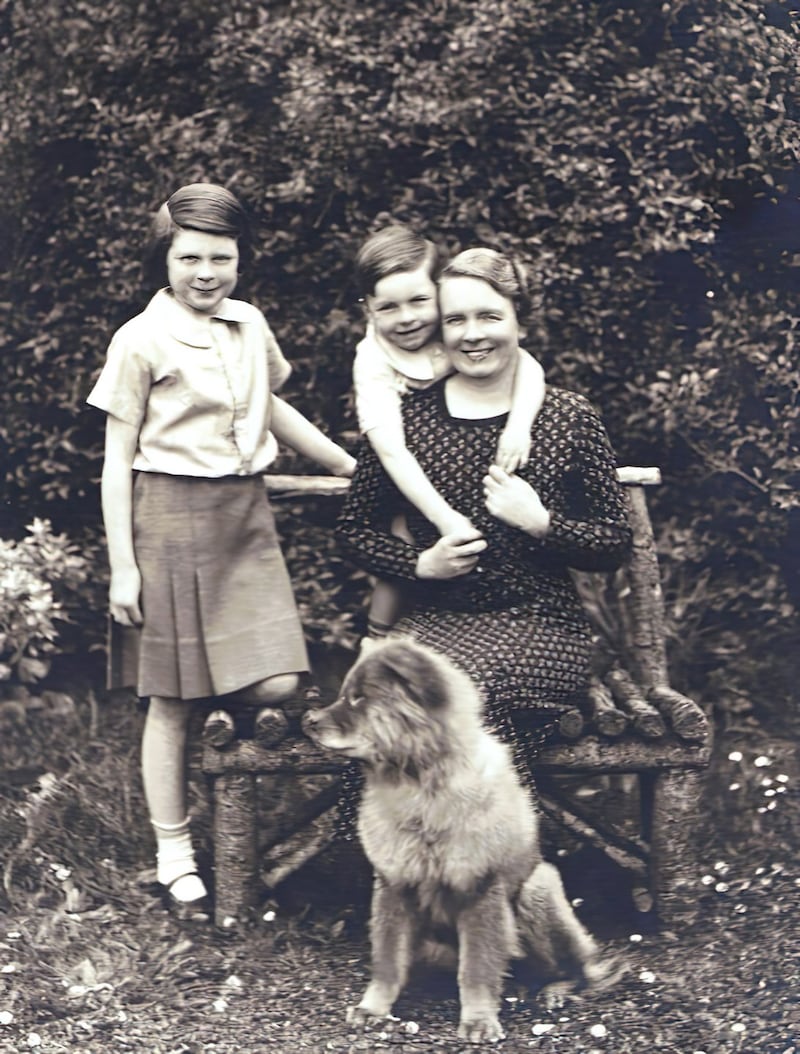
The premiering of Cregan’s play as part of the Decades of Centenaries programme 100 years on from the events it describes underscores that the sidelining and forgetting of civil war testimonies need not be permanent. If the silence associated with the Irish Civil War is indicative of a reluctance to invest in the stories of civil war veterans, then it is a silence that can be overcome by a willingness to listen.
Síobhra Aiken is the author of Spiritual Wounds: Trauma, Testimony and the Irish Civil War (Irish Academic Press, 2022)



















